Ahead of ‘Walks Through History’ tours, Phil Smith shares knowledge of Gibraltar
Phil Smith.
By Ivy Soanes
“Theres always a new bit of history to learn here in Gibraltar, no matter how long you’ve been here.”
A week before he begins the ‘Walks Through History’ summer programme, this was the message Phil Smith, Senior Guide at the Gibraltar National Museum.
Mr Smith told the Chronicle about the summer programme and his own passion for the deep, long, and rich history of Gibraltar.
Mr Smith is enthusiastic about teaching children and the history of Gibraltar, with its “rich variety of history”.
He described how every piece of history leaves its mark on modern day Gibraltar with people walking past every single day and not even realising its significance.
He enjoys sharing this history with people at every given opportunity and will do so for the next six weeks in the Walks Through History programme.
The tour Mr Smith enjoys the most is the city walls, he also thinks the children enjoy it the most, he takes them through the loading and firing procedures for both the cannon and a musket.
“I get them lined up like real soldiers firing in valleys… and that’s real hands-on stuff so they love that,” he said.
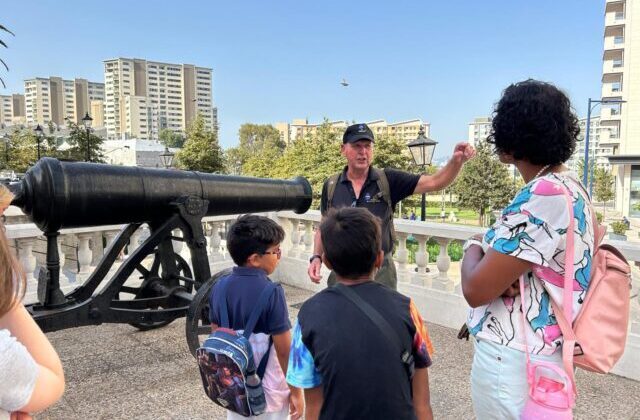
The interactive part of this tour makes it very engaging for young and adult minds, he said, adding that even the teachers enjoy it.
After expressing his love and enjoyment of the summer programme tours, he dove deeper into what started his passion for the local history, speaking about his hobby of scuba diving and the fascination he had with shipwrecks.
From the very first one he was fascinated and wanted to know everything about it, where it was, how it got there and what happened to it.
This led to him being involved in a project to identify the remains of a shipwreck outside the local harbour.
Discovering that it was a commercial fishing troll with a deep history.
Originally sold to a Dutch fishing company before WW2 before the Germans took it to a British port and the Navy took it over as an anti-submarine troll before it was sabotaged with a bomb here in Gibraltar.
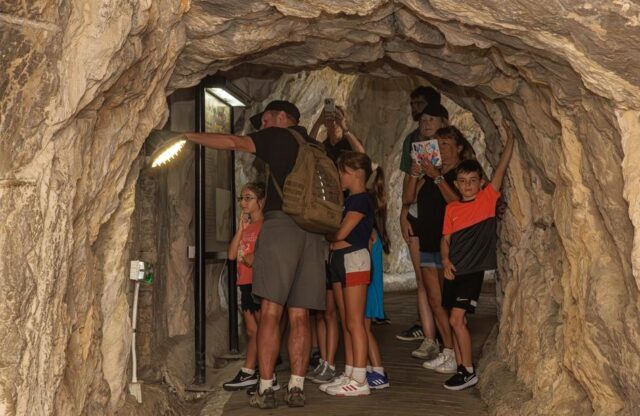
Mr Smith and the rest of the project group dove there for years measuring, recording, and researching all their efforts eventually leading them to a top-secret document that gave them the final identity of the ship as the HMS Erin.
After this discovery he started off helping the museum with their underwater research before working in the museum himself, where he was also able to pull in his previous work knowledge from the army on how to operate and fire weapons.
He found it fascinating that what he was doing in the army in the 1980s was comparable to what a soldier was doing during the Great Siege or the capturing of Gibraltar.
Even if it was a different time and different weapons the knowledge on how to operate and fire a weapon was still applicable.
All the various parts of his life came together to make it that now.
“If it’s about Gibraltar’s history, I know about it,” Mr Smith said.
He added that even with all this and 44 years of being on the Rock he is still finding new places of interest to this day.
He thinks Gibraltar would lose out on some of its local culture/history if there weren’t initiatives like the ‘Walks through History’ summer programme.
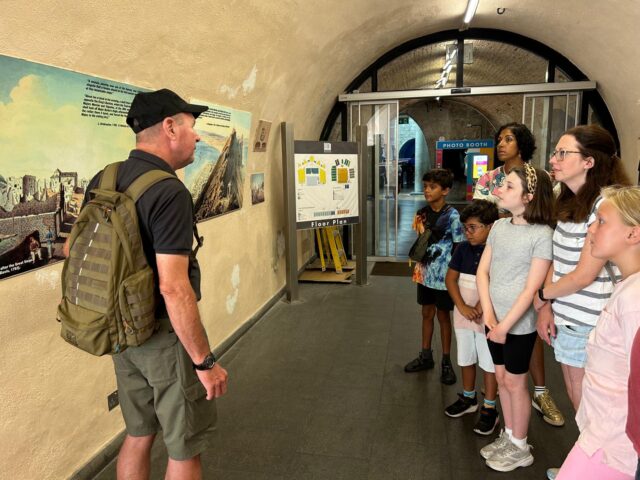
“Yes, I think so because when your born in a place you kind of accept everything there, it becomes the norm for you, you don’t see Gibraltar from the same eyes as someone who is just driving in from Spain on a coach,” Mr Smith said.
For someone who has never been to Gibraltar, Mr Smith suggested that to walk up to the top of the rock and get the full 360 degree view of Gibraltar and the history that’s still there despite thousands of years.
He also recommended seeing the dolphins or to simply take a walk around town and take in the history and culture.
Mr Smith was also able to expressively speak about what he believed were the biggest myths in Gibraltar’s history.
“Some people say Nelsons body was brought to shore after the battle and some swear his body remained on board,” he said.
When asked what he believed he added: “I think that they would have brought his body back.”
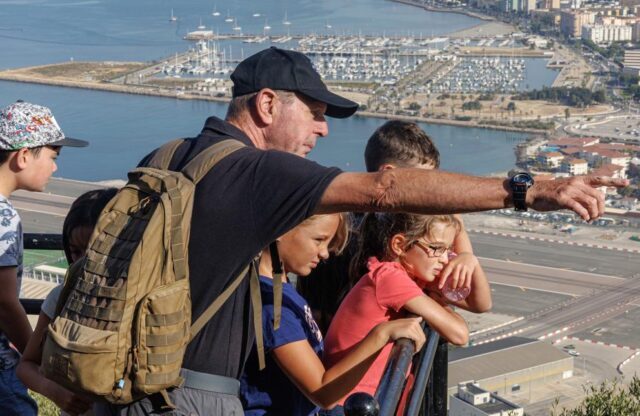
He also spoke about how Barbary Macaques are not apes, although many think they are.
Mr Smith said they are monkeys and do have tails biologically, but they are not visible.
If there were anywhere in the world Mr Smith thought was like Gibraltar in history he would say Malta, Menorca, and some of the Caribbean islands with their strong maritime connections.
Mr Smith discussed a trip he took to Malta a few years ago, and how the same plane also took a group of people from Malta to Gibraltar.
He recounted that as he went through town on the bus in Malta, he saw many shops with common Gibraltarian names.
He said this is because a lot of working young Maltese men came to work in Gibraltarian the Moles did so for about 20 years.
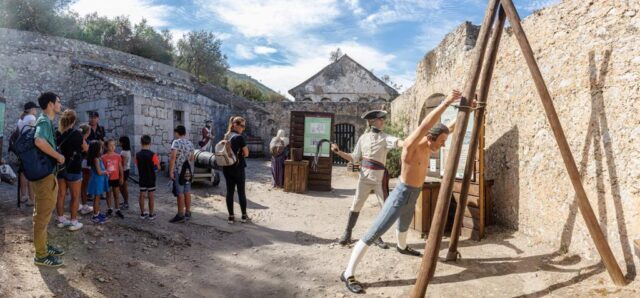
By the time they had finished many of them had met local women and made lives for themselves, therefore not wanting to go return to Malta.
This, he said, explained why there were many of the common names here in Gibraltar and in Malta.
The Walks Through History begin on Wednesday next week with a tour of Rosia Bay. For the next six weeks, Mr Smith will be touring different historical sites across Gibraltar. To find out more email: walks@gibmuseum.gi or tel: 20074289
Ivy Soanes is a student on work experience with the Chronicle.









